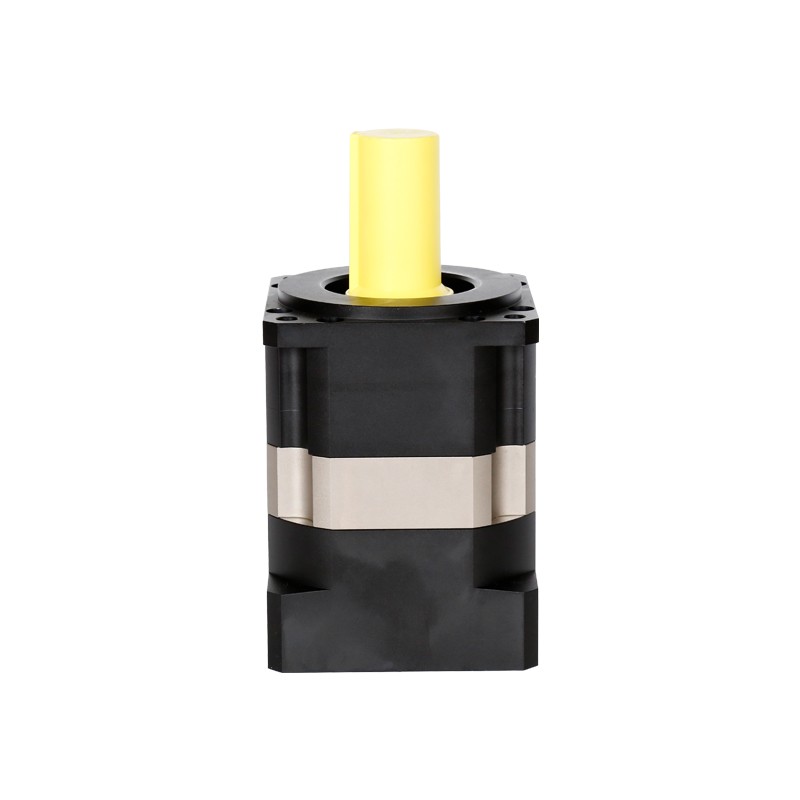Source:Industry News Release time:2022-11-14 Clicks:0 Popular:Reduction motor manufacturer

In the reducer family, planetary reducers are widely used in servo, stepper, DC and other transmission systems due to their small size, high transmission efficiency, wide deceleration range, and high precision. On the premise of ensuring precision transmission, it is mainly used to reduce the speed, increase the torque and reduce the load/motor inertia ratio.
Several key technical parameters to measure the performance of planetary reducers are: reduction ratio, average life, rated output torque, return clearance, full load efficiency, noise, lateral/radial force and operating temperature.
1. Reduction ratio: the ratio of output speed to input speed.
2. Average life: refers to the continuous working time of the planetary reducer at the maximum input speed under rated load.
3. Rated output torque: refers to the allowable output torque when working for a long time under rated load. The maximum output torque is twice this value.
4. Return clearance: When the output end is fixed and the input end rotates clockwise and counterclockwise, so that the output end generates 2% of the rated torque, the input end of the reducer has a slight angular displacement, which is the return clearance.
5. Full load efficiency: refers to the transmission efficiency of the reducer under large load conditions. It is a key indicator for measuring planetary reducers. Reducers with high full load efficiency generate less heat and have good overall performance.
6. Noise: The unit is decibel (dB)A. When the input speed is 3000 rpm, this value is measured without load and one meter away from the reducer.
7. Working temperature: refers to the allowable temperature of the planetary reducer under continuous and periodic working conditions.
Recommended reading
Related Information
Right angle motor
2020-12-21Small reduction motor
2020-12-21Stepper motor
2021-04-14CGF-042L2-16-P2
2020-12-21CGZF-042L1-5-P2
2020-12-21CGXZK085
2021-01-13Stepper motor
2021-04-14CGXZ115
2021-01-13Stepper motor
2020-12-21Planetary reducer
2021-04-15Stepper motor
2021-04-14Accessories
2020-12-21CGXZK115
2021-01-13Planetary reducer
2021-04-15CGXK085
2021-01-13CGH-090L1-10-P1
2020-12-21Stepper motor
2021-04-14CGXZ042
2021-01-13